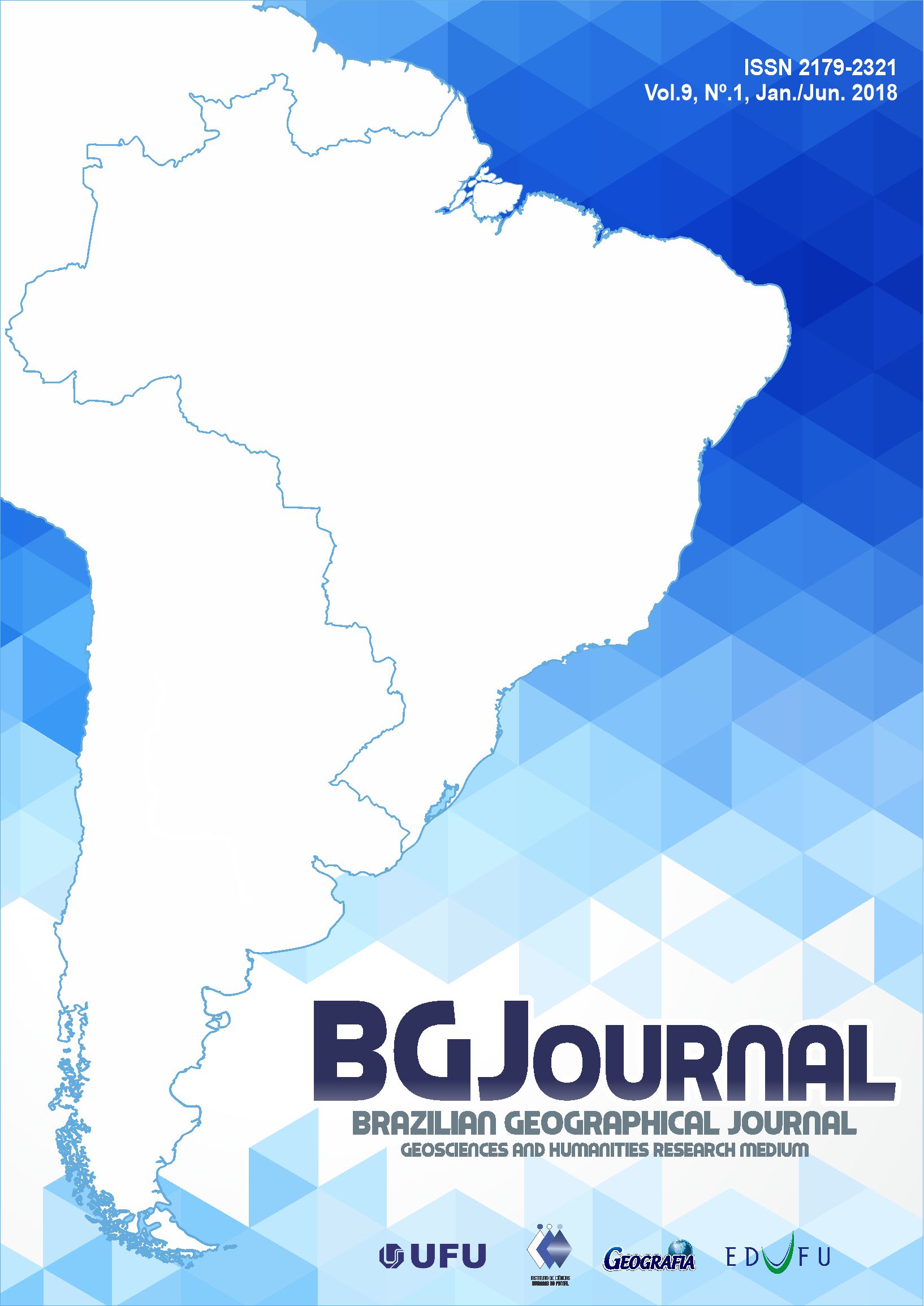VIOLENCE AND INSECURITY IN BRAZILIAN CITIES: the spatialization scripts produced by the media
Abstract
The discussion about the characteristics of violence in Brazilian municipalities is important since there are very heterogeneous situations between them. While in 35.6% (1,085) of Brazilian municipalities there was no record of homicide from 2009 to 2011, in others we reached rates of over 100 homicides per 100,000 inhabitants. However, media coverage does not account for this complexity, producing standardized discourses about urban violence, focusing on occurrences that take place in Rio de Janeiro and São Paulo, for example, leaving aside the approach of acts occurring in other spatial realities, such as the Northeast and the North of the country, which are currently presenting the highest homicide rates in Brazil. Thus, we realize that media discourses are not restricted to informing about reality, since they are capable of producing directed understandings about this reality, highlighting certain aspects and hiding others. In the Brazilian case, we have the dissemination of the perception that violence is a problem in all cities, leading to security search practices even in cities where the occurrences are not significant, given the amplification of media discourses that indicate escalation, explosions and waves of violence - diffuse and non-spatial. The methodology based on the analysis presented in this article was the content analysis of 110 reports of the Brasil Urgente television program, as well as the work with statistical data and the rescue of excerpts from interviews with residents of two medium-sized cities - Araçatuba and Birigui - located in the interior of the state of São Paulo.
Downloads
Downloads
Published
How to Cite
Issue
Section
License
All copyrights are reserved to authors. Reproductions of any part of this journal, including the non-commercial use of figures, maps and other illustrations, are allowed provided that the original source of publication be assigned.

